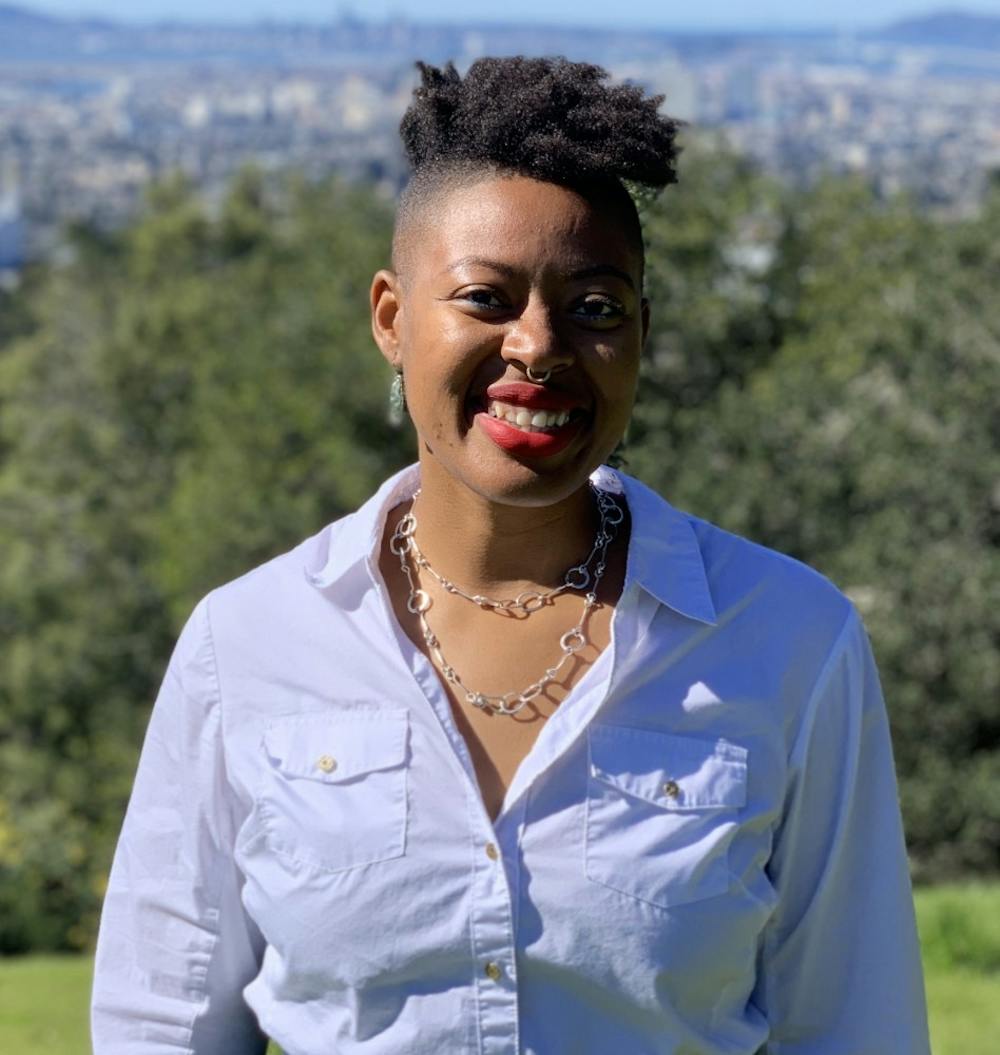Ayana Flewellen — co-founder of the Society of Black Archaeologists — delivered a presentation Thursday titled “A Black Feminist Archaeology of Adornment” for the eighth annual Tom Tom Founders Festival. The presentation took place at Common House and centered around the research question, “How did race, gender, and class operations of power and oppression shape African American women’s identity formation during the late 19th and early 20th centuries in Texas?”
Flewellen specifically looked at “African American’s construction of black womanhood as a process of self making that reinscribes and debunks ideologies of the body that speak to and push against histories of oppression that position black women outside common notions of femininity and womanhood.” Such an interesting topic should lead to a thought provoking conversation on the topic, however, there were a few drawbacks.
One of the most interesting points made during the presentation was about how African American women of the time donned their everyday dress in an attempt to push against images of hypersexualisation through modesty, and how this fed into the the mammy stereotype. Part of the reasoning behind this style of dress was because plantations were unsafe environments where white men sexually abused African American women.
This is especially engaging considering how dress is regarded for women in the black community today. Black girls are often told to dress modestly when going out in public, or when certain male family members are over to avoid sexualization and sexual abuse. Is this way of thinking carried over as a form of protection from ancestors, or a notion developed from a society which tells women their bodies are inherently sexual and thus must be hidden? Perhaps both.
Despite the stimulating information, the format of the presentation was disengaging. Flewellen spent almost the entirety reading from her iPad. This made the presentation feel flat, as though she were just regurgitating information. Veering from her notes would have helped to liven up the presentation — if the audience wanted to receive the information word for word, they could have read her dissertation or wait for the publication of her book.
In addition to the formatting of the presentation, the information itself was somewhat inaccessible. Throughout her presentation, the presenter used language from academia without stopping to break down terms or meanings for listeners who might be unfamiliar. With such a niche and specific topic as this one, it is expected those in attendance will have some interest or knowledge. However, being that this was a free event, anyone could attend, so anyone should be able to access and understand the information presented.
The conversation livened when the presenter broke from the script during the question and answer session. The audience expressed particular interest in the stereoviews Flewellen had paused around. A stereoview is a picture that when examined through a specific lense, gives the illusion of a three dimensional image. She discussed how she initially went about looking for stereoviews to learn about everyday dress practices of the time. However, she discovered much more. She went over how there exists stereoviews which capture images of emancipated African Americans in mourning attire.
Many were used as teaching tools when being disseminated to the public as their backsides contained information about agricultural reproduction, in which “the black bodies that are in them [the stereoviews] become canvases for that knowledge.” Additionally, some were not pictures but rather comic strips which revealed the racialized beliefs of the time.
Flewellen gave an eye-opening albeit somewhat disengaging talk on the “Black Feminist Archeology of Adornment.” She possesses plenty of knowledge on the topic at hand, and it showed both when she read from her iPad and when she went off script. At the beginning of her presentation, Flewellen called her work an “ode to the maternal lives of my mothers.” Seeing how well she accurately details how emancipated African American women dressed, why these women did so and how this intersected with oppressions of race, class, gender etc., one finds this description fitting.







